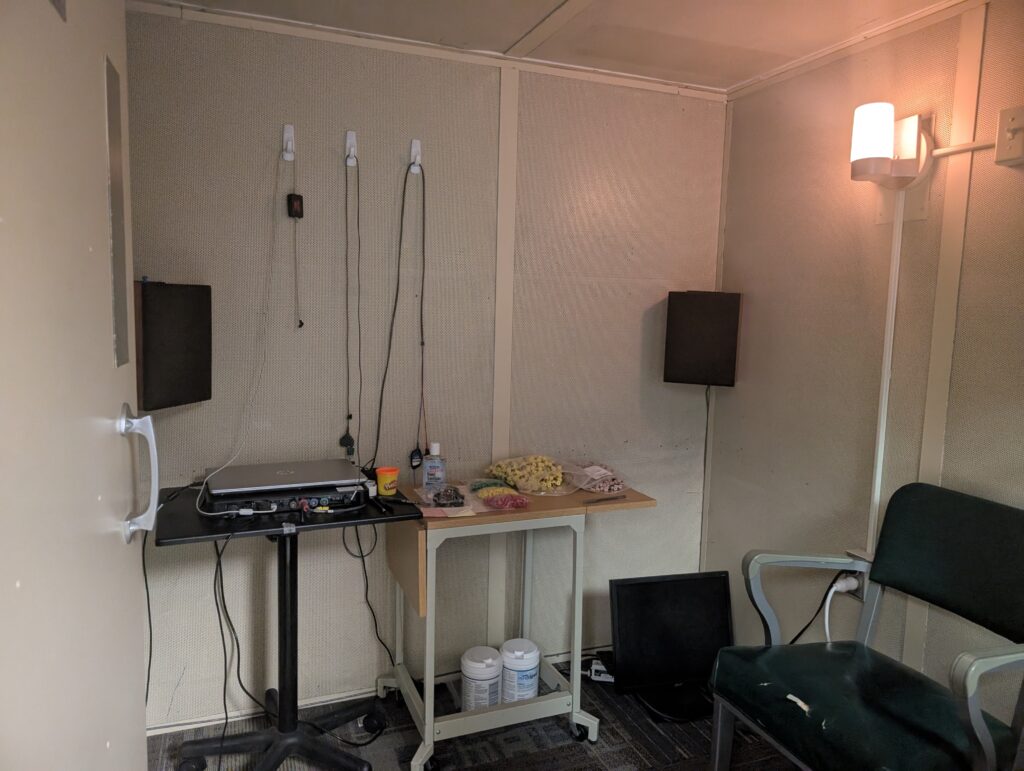Dr. Greg Basura, MD, PhD, Director, Global Otolaryngology and Professor in the Department of Otolaryngology-Head & Neck Surgery, is leading a study on subjective and somatic tinnitus that is actively seeking participants with and without the condition.
“The purpose of studying about two different types of tinnitus is to understand the underlying neural mechanisms that distinguish them,” explained Gopika Satish, MS, a data scientist in the Basura Lab. “By comparing resting-state functional connectivity and task-evoked hemodynamic responses in each group, we can identify whether modulation ability is linked to specific brain network patterns or sensory–motor interactions.”
This research will help in identifying neuronal targets for therapies and can lead to more personalized treatment plans for the patient’s specific tinnitus subtype, she added.
“Tinnitus, ringing in the ears, is a common problem that leads to changes in the brain,” reads the study’s consent form. “Using functional near infra-red spectroscopy (fNIRS) testing, we are now capable of identifying these changes in the brain related to tinnitus. fNIRS is able to measure brain activity of a specific part of your brain by analyzing the amount of oxygen being sent to it.”
If you are an adult, 25-70 years of age, being seen by a member of the clinical team at the Eye & Ear Institute for the evaluation of bilateral non-pulsatile (constant) tinnitus, you may qualify for the study. Adults 25-70 years of age who were never diagnosed with any form of tinnitus are also needed. The team is looking to enroll about 150 people overall.
All research-related tasks are expected to be completed in three visits or less. Depending on participants’ availability and the availability of the study personnel, the enrollment visit will include a hearing test and the earmold impression visit may be able to be combined into a single visit.
The earmold impression will be used to create an accurate 3D model of the structures inside the ear canal to be used to safely perform the fNIRS testing. This test will take about 45-60 minutes and involves placing a cap on the head that is held in place using Velcro straps. Holes in the cap hold probes in place that will measure brain activity. The custom 3D earpieces will be inserted. You will be instructed to do simple tasks like moving your eyes while sounds are played. You may feel small vibration sensations.
Participants will be paid $40 and parking costs will be covered. If it is determined that you do not qualify for full participation in the study due to hearing testing, you will receive $20 for your time as well as a parking voucher, if appropriate.
The study is supported by a R01 grant from the National Institute on Deafness and Other Communication Disorders.
If interested, contact Dr. Basura’s clinical research coordinator, Leah Taylor, at baslab@pitt.edu or 412-952-7546.
